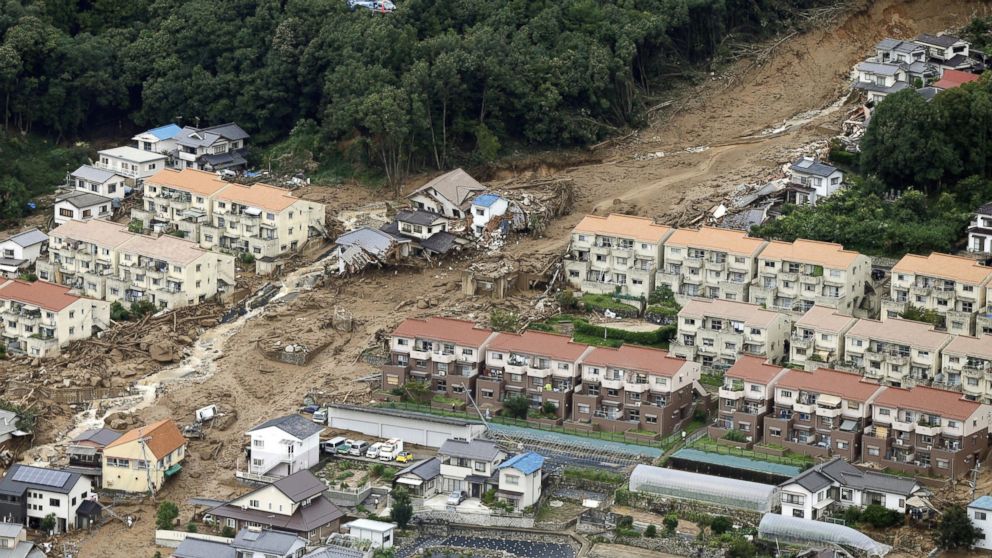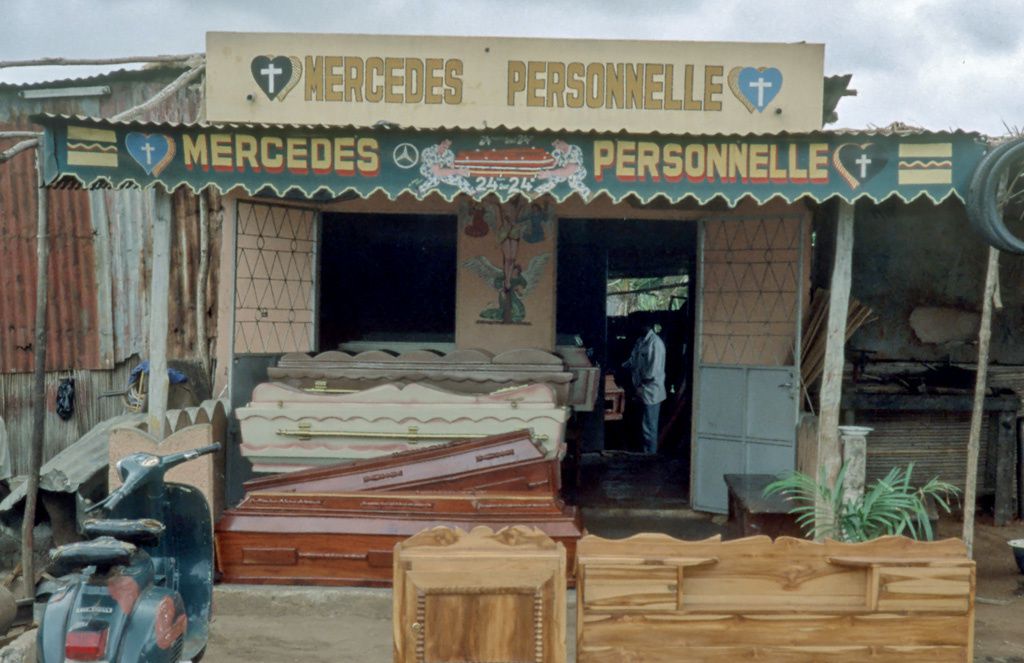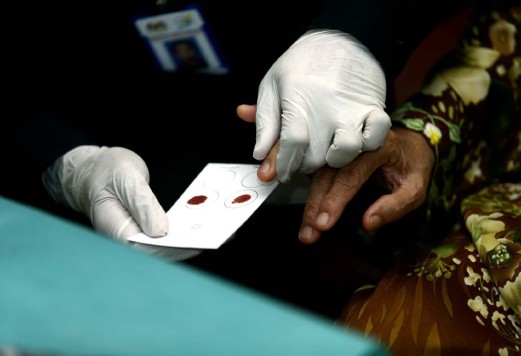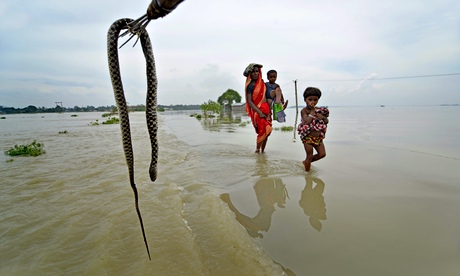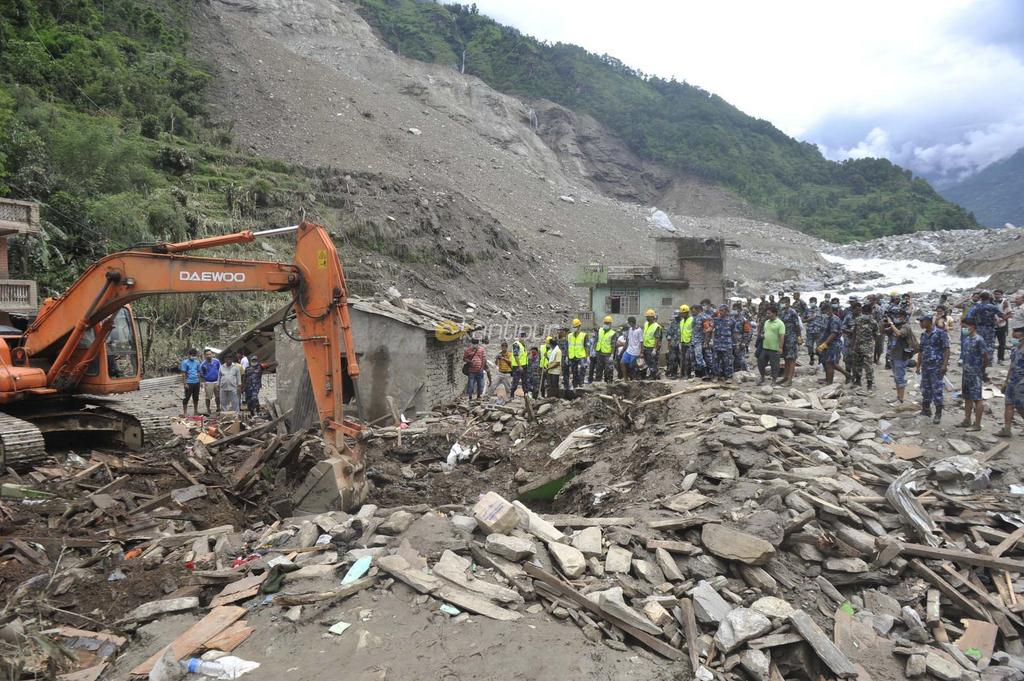
Five days after an earthquake killed hundreds in southwestern China, a debate is swirling around the mob of volunteers who flooded into the disaster zone, demonstrating how the world's most-populous country continues to grapple with the role charitable groups should play in society.
After the 6.1-magnitude tremor struck the county of Ludian, in northern Yunnan province, on Sunday, thousands of volunteers rushed into affected areas, clogging roads and making it harder for authorities to send in supplies and remove the wounded. That sparked public criticism and led authorities to ramp up restrictions on private cars entering the area.
Yet some better-organized private groups have played an important part in handling unpleasant tasks such as digging survivors and the dead out of the rubble, residents and officials say. That has convinced some officials that civil-society groups and private volunteers—sometimes seen as threatening to the Communist Party, particularly when concentrating on national issues—should be encouraged to play a bigger role in relief efforts.
"Some were there the first night, pulling people out," said one member of China's People's Armed Police, who was among the first to arrive in the quake zone. "They've been a huge help."
There was still much work to be done on Friday, as the death toll rose to 617, with many more injured, according to state media. Aftershocks continued to shake the area as troops and volunteers pushed further into the mountains to help people in distant villages, while authorities began to contemplate longer-term efforts that will be needed to rebuild.
It wasn't clear on Friday exactly how many volunteers had entered Ludian. The local government official in charge of managing volunteers declined to comment.
The debate over how much leeway to give private aid groups is an important one for China. Authorities have long feared that domestic and international charitable groups could morph into political activism or foster more criticism of the government, as they have in other countries.
Chinese President Xi Jinping has led a crackdown on other parts of civil society recently, with authorities detaining or jailing dozens of activists and rights lawyers, while also ordering a nationwide investigation into foreign nongovernmental groups and their local partners which authorities worry could stir up trouble.
"The ambiguity with which Chinese authorities have faced civil society has always been profound and, of late, more evident," said Orville Schell, director of the Asia Society's Center on U.S.-China Relations.
Yet there is also a growing recognition among many Chinese that private groups are needed to help respond to crises that stretch official resources. Although authorities have generally gotten good marks for their work in Ludian so far, experts say they may lack capacity for more-sophisticated relief such as psychological counseling or child protection.
"Our experience is that the government is starting to recognize the value-added that the NGOs can deliver," said Mike Bruce, a regional media and advocacy specialist for Plan International, a children's development group. He said provincial authorities granted Plan permission to send in an emergency response team on Monday morning, just hours after the quake occurred.
Getting official buy-in for programs in China "has been a gradual process, but that is a gradual process that has been getting better," he said.
The emergence of more-active private aid efforts in China dates back to the 2008 Sichuan earthquake, when large numbers of residents spontaneously rushed to affected areas to help. Many volunteers were critical of the government response, and of the shoddy school construction that led to thousands of deaths in the area.
They also occasionally sowed chaos, burdening limited food supplies and getting in the way of rescue efforts.
Since then, private groups have become more sophisticated, with better equipment and logistics, and in some cases have tried working more closely with public officials to smooth over tensions. Some—sporting matching uniforms so that residents will take them more seriously—are now virtually indistinguishable from the troops and police they are helping.
Authorities have also become more organized about bringing volunteers under their wings, setting up check-in centers where officials can track them and disperse information. The result is a growing number of experienced rescue groups that function at times as an extension of the government, while also serving as an outlet for the swelling numbers of Chinese who want to participate.
One such group, from northern China's Hebei province, is managed and funded by Wang Wenzhong, a former soldier who went on to make millions in the clothing business in Beijing before returning to his hometown to serve as the local Communist Party Secretary.
Mr. Wang led a team of 10, all outfitted in army surplus fatigues, into Ludian on Tuesday, bringing with him a van filled with supplies worth 30,000 yuan, or nearly $5,000. Mr. Wang, who's been to seven earthquake zones, said he has modeled his life on Lei Feng, a fictional good Samaritan soldier held up by Mao Zedong as a moral model.
"I was helped by so many others when I was younger, so this is my way of giving back," he said.
On the drive into Ludian, Mr. Wang coordinated with the local state-run TV station and officials in the county seat to determine where the group was most needed, something he said he learned to do after Sichuan. After waiting for approval to enter the quake zone, his team spent three days passing out goods they brought and helping authorities distribute medicine.
Not all volunteers have been so experienced or conscientious. Many are students visiting a disaster area for the first time. Especially in the first few days after the earthquake, a number of them wandered aimlessly around the collapsed houses, snapping selfies in front of the wreckage.
"Authorities are reacting faster and behaving more professionally," so they don't need volunteers to rush in, said Zhang Haitou, a 21-year-old college student in Beijing who called the restrictions on traffic in Ludian "a good thing."
"Some people just want to run up the mountain by themselves to dig out bodies or see what an earthquake looks like," added Liu Yan, the manager of a volunteer service stand set up by the Communist Youth League next to the government's relief headquarters. "We don't have any place for them."
Still, she said, the Communist Youth League had registered more than 3,000 volunteers willing to forgo the glamour for grunt work like bringing supplies to earthquake victims, cleaning, and cooking.
In the first 72-hours—the time when survivors are most likely to be found—volunteers need to step aside and let the government take the lead, said Gu Linsheng, executive director of Sichuan University's Institute for Disaster Management and Reconstruction.
"But in the next stage of after-disaster resettlement, more social force should come in," he said. "In regards to the distribution of goods and mental assistance, only (the) government's efforts are not enough."
Saturday 09 July 2014
http://online.wsj.com/articles/china-earthquake-prompts-debate-on-role-of-volunteers-1407527469?tesla=y&mod=rss_about_china&mg=reno64-wsj&url=http://online.wsj.com/article/SB10001424052702304070304580079840340375952.html?mod=rss_about_china






